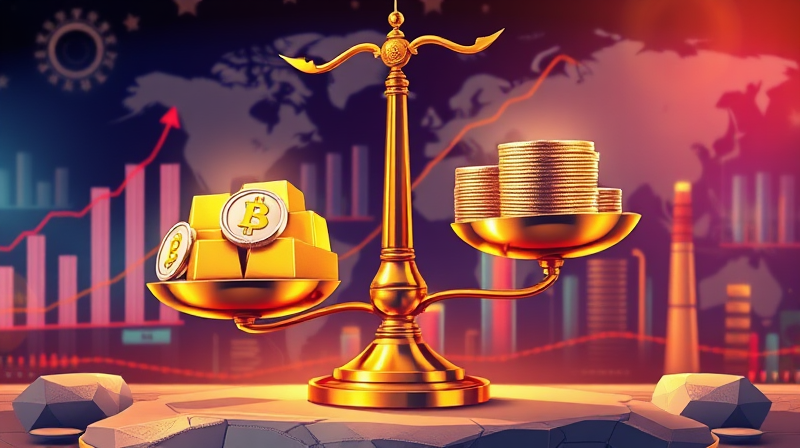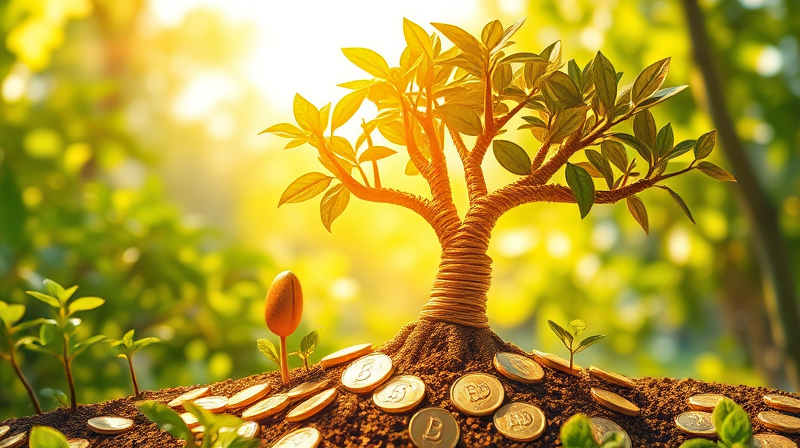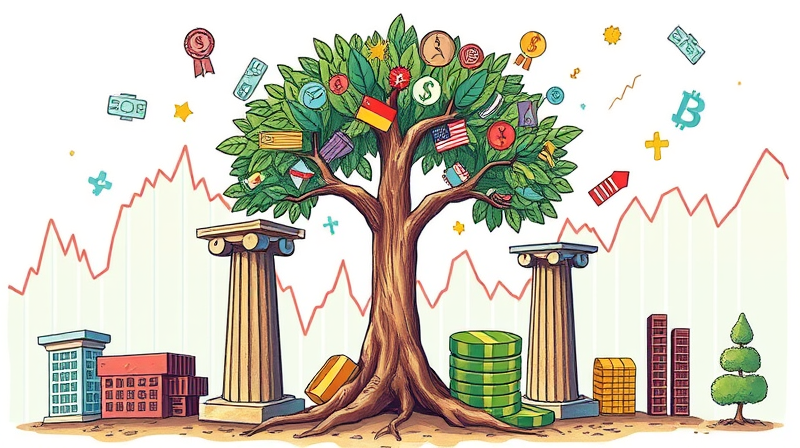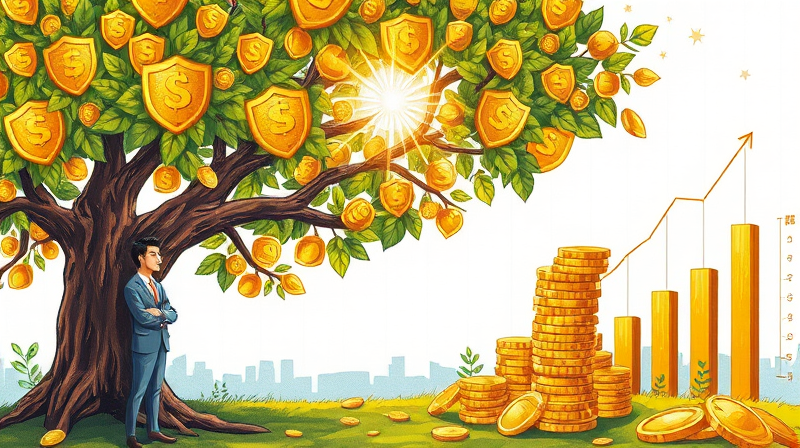
Investors face a complex landscape where volatility, inflation, and geopolitical tensions collide. Against this backdrop, gold and silver have reclaimed the spotlight. Are these ancient stores of wealth still viable today? This comprehensive guide unveils price forecasts, market fundamentals, strategies, and risks to empower your decisions.
Gold’s 2025 rally has been nothing short of spectacular. Having surged by nearly 30% year-to-date, the precious metal pierced the $3,500 per ounce mark in April, after first topping $2,900 in February. Such gains reflect a climate of policy uncertainty and geopolitical tension that continues to roil financial markets. In its latest outlook, J.P. Morgan projects a quarterly average of $3,675 per ounce by late 2025, with a chance to breach $4,000 by mid-2026.
Silver’s trajectory, while more volatile, promises a compelling upside. Analysts forecast a 25% return in 2025, driving prices toward $40 per ounce and possibly past the historic $52.50 high in 2026. Beyond its status as a safe haven, silver is underpinned by surging industrial demand driving growth, particularly in solar energy, electronics, and electric vehicles. Projections suggest solar installations alone could consume upwards of 85% of today’s entire global silver reserves by 2050.
Investors have funneled capital into gold funds, while retail demand for silver bars and rounds has surged. The combination of monetary stimulus and renewed haven flows under stress underscores the metal’s modern-day role as a financial lifeboat.
Understanding how gold and silver respond to economic forces is crucial. Each metal’s price reflects a balance between investors seeking shelter and industries demanding raw materials. Below is a snapshot of the primary factors at play:
These factors interact in dynamic ways: for example, industrial consumption can dampen silver’s safe-haven appeal during economic booms, while central bank stockpiles fortify gold’s status as an ultimate reserve asset. Understanding these interconnections allows investors to anticipate turning points and align their timing accordingly.
Precious metals offer a unique blend of qualities that complement traditional assets. They serve as both a defensive bulwark and an inflation hedge, prized by conservative and growth-oriented investors alike.
Despite their appeal, precious metals come with inherent drawbacks that every investor must weigh carefully. Volatility and opportunity costs are particularly significant in the current rate environment.
Two powerful currents converge on the silver market: the green energy revolution and shifting central bank policies. Silver’s crucibles range from photovoltaic cells to electric vehicles, underpinning forecasts of sustained demand growth.
Technological advances such as thin-film photovoltaics and 5G infrastructure promise to accelerate silver demand. At the same time, central banks are diversifying to mitigate currency risks, highlighting a shift toward a diversified reserve strategy for stability that recognizes metals alongside traditional forex holdings.
Gold and silver prices often respond dramatically to shifts in monetary policy. When central banks cut interest rates, the opportunity cost of holding non-yielding assets falls, lifting metal prices. Conversely, rate hikes can weigh on investor appetite.
Inflationary fears, currency debasement, and geopolitical tensions—such as the recent trade and tariff disputes of 2024–2025—have historically propelled metals to new highs. In uncertain times, investors flock to gold and silver for stability, a phenomenon that is unlikely to dissipate soon.
Geopolitical flashpoints—from trade standoffs to energy conflicts—can swiftly redirect investor sentiment. For instance, tariff escalation between major economies in early 2025 triggered immediate gold inflows, illustrating the metal’s sensitivity to policy shocks. Silver, while linked to industry, often rallies in tandem, reflecting its dual nature.
Crafting a precious metals strategy requires aligning market opportunities with personal risk tolerance and investment goals. Whether seeking a defensive bulwark or a growth lever, consider these common approaches:
Advanced investors may explore futures, options, and structured products for enhanced exposure, though these approaches carry significant complexity and require robust risk management. Monitoring indicators such as the gold-silver ratio, commitment of traders reports, and central bank balance sheets can provide valuable entry and exit cues.
Financial advisors typically suggest allocating 5–10% of your portfolio to precious metals. This range aims to balance the defensive properties of gold with the industrial-driven growth potential of silver, without overexposure to volatility.
Every investor’s journey is unique. For conservative savers prioritizing stability, gold’s resilience in times of crisis makes it a clear choice. Growth-focused participants seeking asymmetric upside may embrace silver’s dual role as an inflation hedge and an industrial commodity.
Investor psychology plays a pivotal role. Precious metal markets can be driven by sentiment as much as fundamentals. Remaining patient through drawdowns and resisting impulse selling during temporary downturns often separates successful long-term holders from those who miss rebounds.
Market timing can be challenging, given the sensitivity of metal prices to macroeconomic data and geopolitical news. A systematic approach—such as dollar-cost averaging—can mitigate the risk of buying at a peak and smooth out long-term performance.
Gold and silver continue to shine as pillars of a well-diversified portfolio. They blend the time-tested appeal of a hedge against inflation and uncertainty with the promise of potential for record-breaking highs. Yet their unique risk profiles demand careful consideration of volatility tolerance, storage logistics, and opportunity costs.
By staying attuned to price forecasts, fundamental drivers, and macroeconomic undercurrents, investors can craft strategies that align precious metal allocations with their broader financial objectives. Whether as crisis insurance or a lever on industrial growth, gold and silver remain compelling options for today’s dynamic markets.
References













